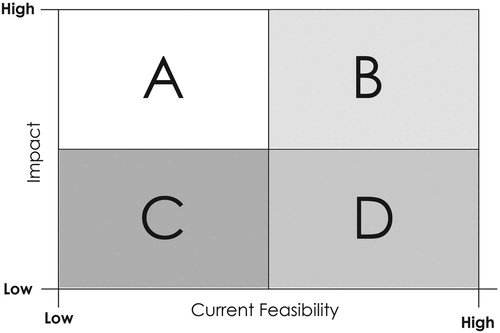Figures & data
Figure 1. The three main parts of sustainability science. Sustainability science relies on three main kinds of knowledge: system knowledge, goal knowledge, and transformation knowledge. While the epistemology of creating system and goal knowledge is well developed, the epistemology of creating transformation knowledge is in its beginning.

Figure 2. The iterative nature of bending system trajectories towards desirable futures. Achieving the transformation from the current state and trend to a desired future requires an iterative process of disturbances exceeding the system's resilience and corrections to bring the system's trajectory closer to the desired future.
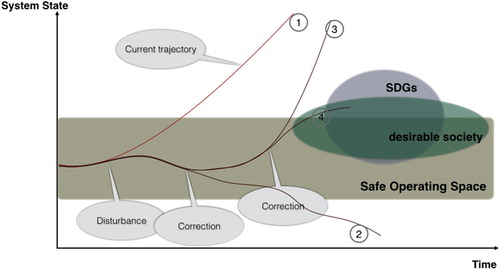
Figure 3. EOs in support of transformation knowledge for SDG implementation and monitoring. A. Science support for the planning of actions and the development of policies. B. Identifying the ETVs across all social, environmental, and economic domains and facilitating the integration of ETV data across these domains is crucial for the creation of transformation knowledge. C. Applying the GBA to the SDG Targets. D. Applying the GBA to the current set of SDG indicators. Modified from Jules-Plag and Plag (Citation2016a).
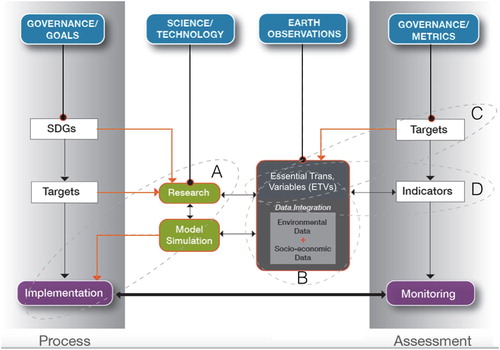
Figure 5. Goal-Based Approach for ETV Identification. The goal-based approach to the identification of essential variables starts from agreed-upon societal goals and targets (goal knowledge) and utilizes system knowledge to identify those system variables that are essential for the development and validation of the transformation knowledge required to make progress toward the targets. The participatory modeling process that engages all relevant societal agents in the development of a conceptual model as well as the identification of the ETVs relevant for this conceptual model and the validation of the policies include those required for the quantification of the indicators. ORs for these ETVs are a crucial input for the matching of these requirements to existing products, as well as the detection of gaps where a match is not possible.
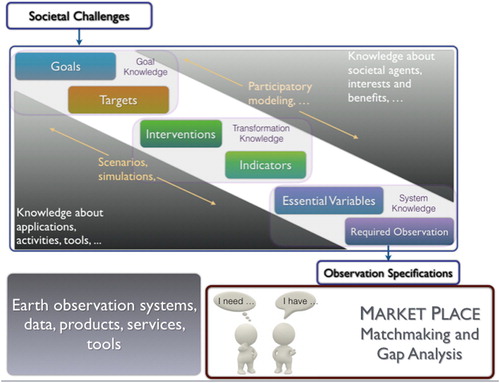
Table 1. Societal goals and associated targets, indicators, and EVs.
Figure 6. Earth's life-support system and SDGs.
Left: Human communities are embedded in the ELSS and interact with the ELSS through flows of energy and matter. As a basis of a growth-dependent economy, most of the flows have been increased by several orders of magnitude. Modified from Plag and Jules-Plag (Citation2017). Right: However, only three SDGs focus on the ELSS but take an anthropocentric point of view and none of the goals focuses on reducing the flows between ELSS and humanity.
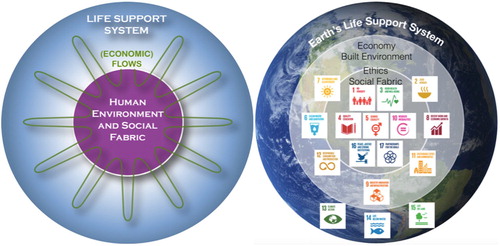
Figure 7. Interferences of SDG 2 efforts with other SDGs. Efforts to meet the food needs of the rapidly growing population have the potential to hamper progress towards a number of other SDGs. Without a goal to achieve responsible procreation, it appears un tenable to achieve SDG 2 without compromising several other SDGs.

Table 2. Targets for SDG 7 and SDG 13.
Figure 8. Link between SDGs and ETVs. The examples of SDG 1, SDG 6, and SDG 12 with the associated Targets 1.4, 6.3, and 12.5, respectively, illustrate the use of the GBA for identifying ETVs needed for the quantification of the corresponding indicators.


